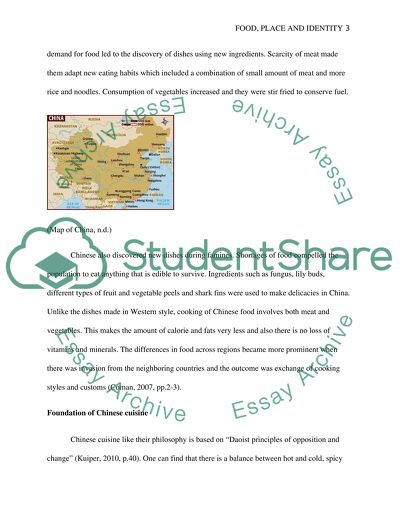Cite this document
(“The Geography of Diet Essay Example | Topics and Well Written Essays - 3500 words”, n.d.)
The Geography of Diet Essay Example | Topics and Well Written Essays - 3500 words. Retrieved from https://studentshare.org/geography/1434940-choose-one-country-and-describe
The Geography of Diet Essay Example | Topics and Well Written Essays - 3500 words. Retrieved from https://studentshare.org/geography/1434940-choose-one-country-and-describe
(The Geography of Diet Essay Example | Topics and Well Written Essays - 3500 Words)
The Geography of Diet Essay Example | Topics and Well Written Essays - 3500 Words. https://studentshare.org/geography/1434940-choose-one-country-and-describe.
The Geography of Diet Essay Example | Topics and Well Written Essays - 3500 Words. https://studentshare.org/geography/1434940-choose-one-country-and-describe.
“The Geography of Diet Essay Example | Topics and Well Written Essays - 3500 Words”, n.d. https://studentshare.org/geography/1434940-choose-one-country-and-describe.


